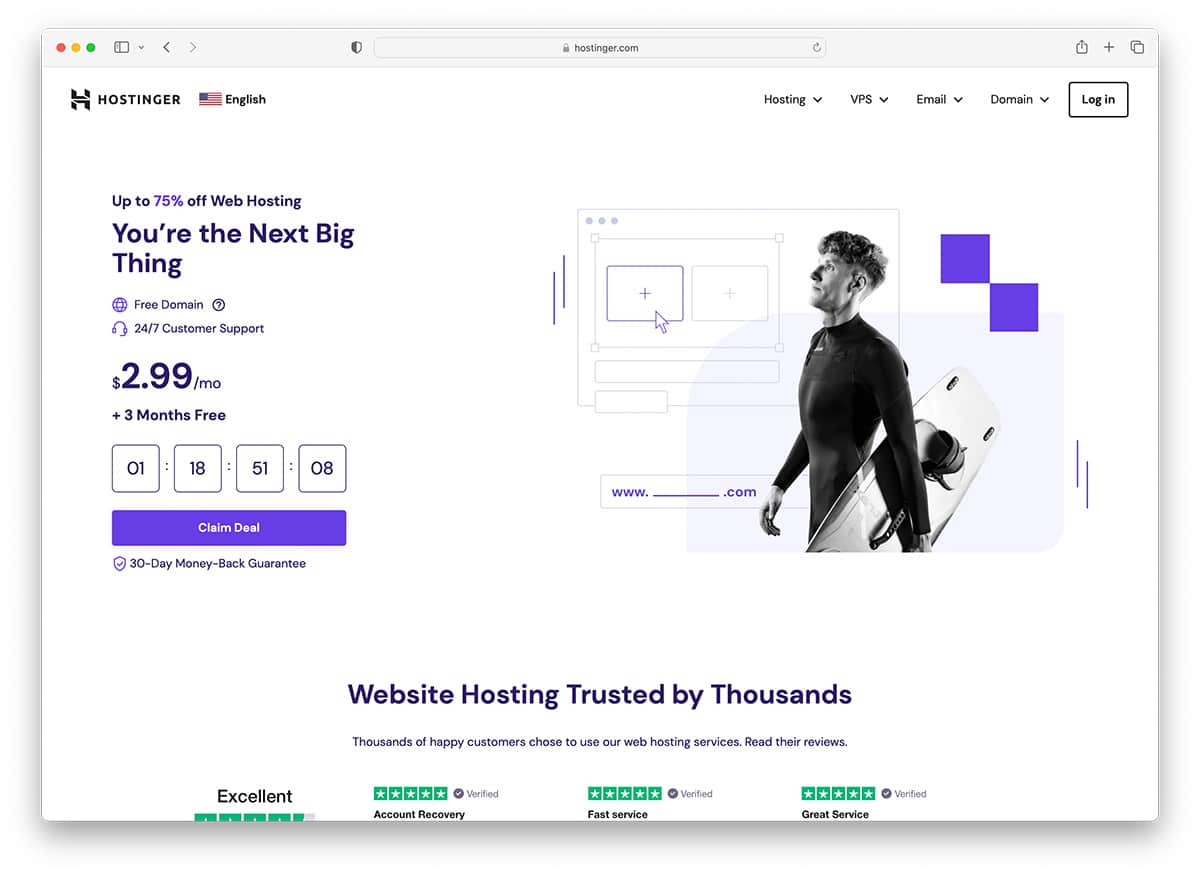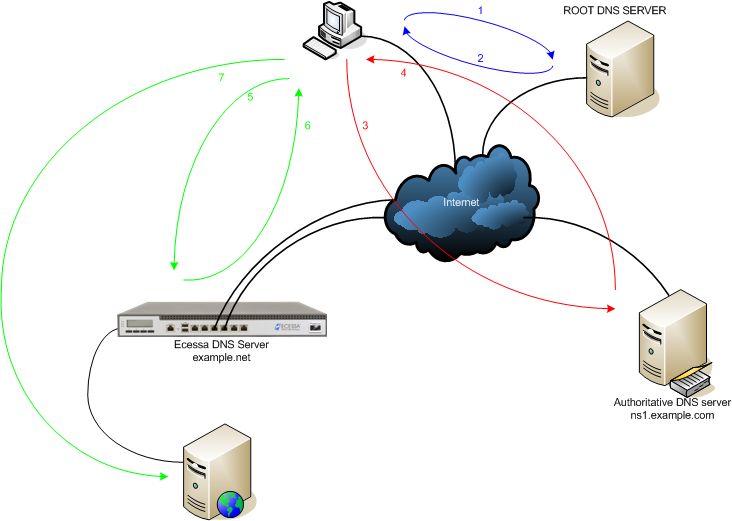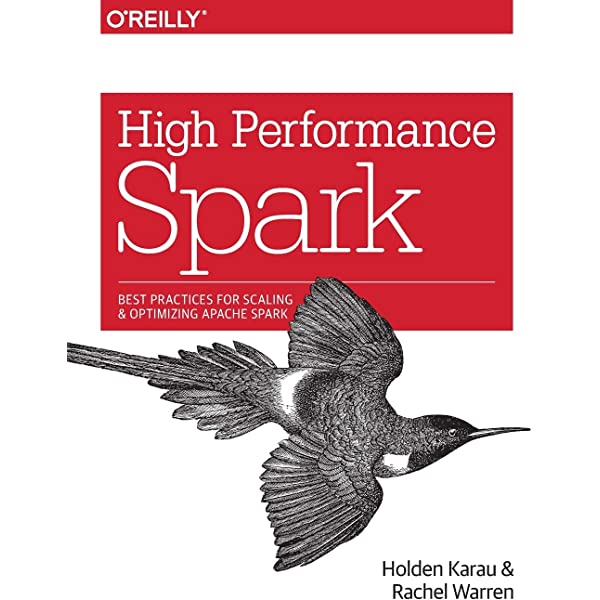
Ubuntu can be set up to run Apache by using the command "apt_get install apache ubuntu". Before installing Apache, make sure your firewall software supports it. Ubuntu's firewall software is known as ufw. Open ufw, and choose the option "allow connections". You should see the output if Apache is allowed. If it is allowed, then you should see "active" for the Apache server.
Prerequisites
Before installing Apache on Ubuntu-based computers, make sure the system has all necessary prerequisites. You must be able to access the sudo command to modify files. Additionally, you will need to have administrator privileges on your user account. You can now install the web server after you have completed all the prerequisites.
First, enable port 443, and then enable firewall. To do this, run sudo "ufw allow" in Apache Full. This will enable HTTPS and HTTPS ports. In addition, you should ensure that you have at least 50MB of free space. Once installation is complete, Apache server will need approximately 10MB of disk space. Your configuration options, third-party module and web site size will all affect the space that is required. Apache requires an ANSI C compiler. If your compiler is from a different vendor make sure that it supports ANSI C. Make sure your path contains the basic building tools.

Configuring an UFW firewall
After installing UFW on the computer, you'll need rules to prevent unauthorized connections. You have several options to configure the firewall rules of UFW firewall. To prevent UFW from allowing connections to IP addresses that are not part of your subnet, you will need to create a netmask. Second, you must create a policy that controls the number allowed connections. UFW default policy is "deny". This policy blocks all incoming connections and allows specific connections only. Lastly, you can delete rules by name or number.
UFW allows you to set up firewall rules to restrict incoming connections while allowing only outgoing connections. This is the most secure default. However, you can also choose to block certain IP address ranges, programs, and ports, or a combination of all. To modify the policy, make changes to /etc/default/ufw.
Reloading Apache web server
Reloading Apache Web Server on Ubuntu is very simple. It is possible to do this using systemctl. However, you must note that it may take a few moments to complete. Unexpected interruptions may occur if your configuration is too complex.
You should check all configurations and restart your web server. You must ensure that there are no zombie processes running in your system. This is critical because sometimes the webserver may be disrupted by an unreliable Internet connection.

Configuring virtual hosts
Configuring multiple Apache virtual host is one way to allow multiple domains to run on the same Ubuntu server. This is an extremely powerful tool that allows you run multiple domains and host them all on one server. Virtual hosts are flexible, and can be set up for any host name.
It can be difficult to understand this process for beginners as there are many options. You can do it by following these simple steps. First of all, create a directory that will contain your sites' files. This directory is your document root. It contains the directory where site data will be stored. The default directory will always be /var/www. However, virtual hosts will have theirs.
FAQ
How Do I Create a Free Website?
It all depends on which type of website it is. Are you trying to sell products online, create a blog or build a portfolio of websites?
You can make an essential website using only HTML and CSS (a combination of HyperText Markup Language and Cascading Style Sheets). Although HTML and CSS can be used to create simple websites, web developers prefer using a WYSIWYG editor like Dreamweaver or Frontpage.
Hire a freelance web developer if your skills are not in-depth. They can help you create a custom website based on your needs.
Freelancers can charge a flat fee or an hourly rate. It depends on the amount of work that they do in a given time frame.
One example is that some companies charge $50-$100 for an hour. For larger projects, you'll typically get a higher rate.
There are many websites that list jobs available for freelancers. You could search there first before contacting potential developers directly.
Can I build my website using HTML & CSS?
Yes, you can! You will need basic knowledge of web design and programming languages like HTML (Hyper Text Markup Language) and CSS (Cascading Style Sheets). These two languages make it possible to create websites accessible by all who have an internet connection.
WordPress: Is it a CMS or not?
The answer is yes. It's called a Content Management System. CMS allows you to manage the content of your website from within a web browser, instead of using applications like Dreamweaver and Frontpage.
WordPress's best feature is its free pricing! Hosting, which is usually provided by your ISP, is free.
WordPress was initially created as a blogging platform, but it now offers many other options such as eCommerce sites, forums and membership websites. Portfolios are also available.
WordPress is very easy to set up and install. Download the file from their website, and then upload it to your server. Then, you simply visit your domain name through your web browser and log in to your new site.
After installing WordPress, you'll need to register for a username and password. Once you log in you'll be able access all your settings via a dashboard.
From this page, you can add images, pages, posts, menus or widgets to your website. If editing and creating new content is easier for you, skip this step.
However, if you prefer to work with someone else, you can hire a professional web designer to handle the whole process.
How do I choose a Domain Name?
It is important to pick a quality domain name. It is essential to have a unique domain name. People will not be able find you when they search your product.
Domain names should be simple, short, easy-to-remember, relevant to your brand and unique. In order to make your domain name memorable, people should be able to type it into their browsers.
Here are some tips for choosing a domain name:
* Use keywords that relate to your niche.
* Do not use (-), hyphens in your numbers and symbols.
* Don't use.net or.org domains.
* Avoid using words that are already taken.
* Avoid generic terms like domain or website.
* Make sure it's available.
What is a static website?
A static website is a site where all content are stored on a server, and visitors can access it via web browsers.
The term "static", as it is sometimes called, refers not to dynamic features such changing images, videos, animations, etc.
This site was originally intended for corporate intranets. However it has since been adopted and modified by small businesses and individuals who require simple websites without complex programming.
Because static websites require less maintenance, they have grown in popularity. They are simpler to update and maintain than fully-featured websites that have many components (like blogs).
They load much faster than dynamic counterparts. They are ideal for mobile users and those with slow Internet connections.
Also, static websites are more secure that dynamic counterparts. Static websites are much harder to hack than dynamic ones. Hackers only have access to the data that resides inside a database.
There are two main ways to create a static website:
-
Utilizing a Content Management System.
-
Create a static HTML web site
It all depends on what you need. A CMS is my recommendation if your first website was created.
Why? Because it gives you complete control of your website. With a CMS, you don't need to hire someone to help you set up your site. Upload files to the website server.
It is possible to still learn how code can be used to create static websites. However, you will need to put in some time to learn how to program.
Statistics
- Studies show that 77% of satisfied customers will recommend your business or service to a friend after having a positive experience. (wix.com)
- In fact, according to Color Matters, a signature color can boost brand recognition by 80%. There's a lot of psychology behind people's perception of color, so it's important to understand how it's used with your industry. (websitebuilderexpert.com)
- It's estimated that in 2022, over 2.14 billion people will purchase goods and services online. (wix.com)
- It's estimated that chatbots could reduce this by 30%. Gone are the days when chatbots were mere gimmicks – now, they're becoming ever more essential to customer-facing services. (websitebuilderexpert.com)
- It enables you to sell your music directly on your website and keep 100% of the profits. (wix.com)
External Links
How To
What is website Hosting?
Website hosting refers to where people go when they visit a website. There are two types.
-
The cheapest option is shared hosting. Your website files reside on a server controlled by someone else. Customers visit your website and send their requests over the Internet to this server. You then receive the request from the owner of the server.
-
Dedicated hosting: This is the most costly option. Your website will reside on a single server. You and your traffic are protected by the fact that no other websites share server space.
Because it is less expensive than dedicated hosting, shared hosting is preferred by many businesses. With shared hosting, the company that owns the server provides the resources needed to run your website.
Each option has its pros and cons. Here are the differences:
Shared Hosting Pros:
-
Lower Cost
-
Easy to Setup
-
Frequent Updates
-
It is possible to find it on many web hosting companies
Hosting shared with others can cost as low as $10/month. This price often includes bandwidth. Bandwidth refers to the amount of data you can transfer across the Internet. So even if you only upload photos to your blog, you may still pay extra money for high amounts of data transferred through your account.
You will quickly see why you paid so much for your former host once you have started. The majority of shared hosts offer limited customer support. Although they will help you set up your site occasionally, you are on your own once you have done that.
It is important to find a provider that provides 24-hour support. They will attend to any issues you have while you sleep.
Dedicated Hosting Cons:
-
More Expensive
-
Less common
-
Requires special skills
You're getting everything you need with dedicated hosting to operate your website. You won’t need to worry whether you have enough bandwidth or enough RAM (random address memory).
This means that you will have to pay a little more upfront. But once your online business starts, you'll realize you don't need any technical assistance. You will become an expert in managing your servers.
Which Is Better For My Business, So Which Is Better?
This depends on the kind of website that you want. If you only want to sell products, then shared hosting might be the best choice. It is easy to set-up and manage. It's easy to set up and maintain, as you share a server with other sites. You will likely be updated frequently.
If you want to create a community around a brand, dedicated hosting may be the best choice. Instead of worrying about traffic, you can concentrate on building your brand.
Bluehost.com is the best web host for both. Bluehost.com provides unlimited monthly data transfer, 24/7 support, free domain registration and a 30-day money back guarantee.